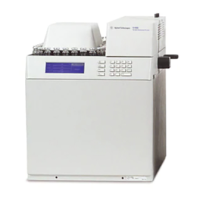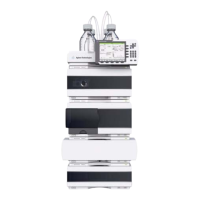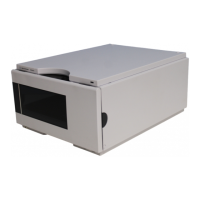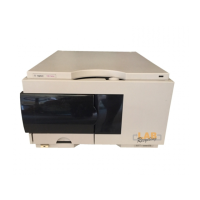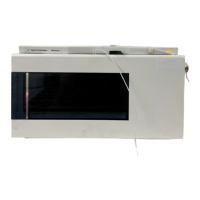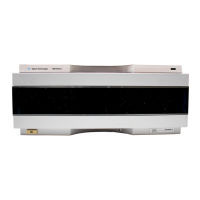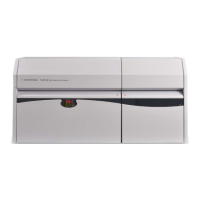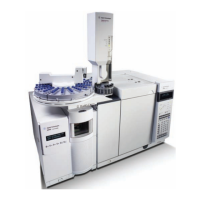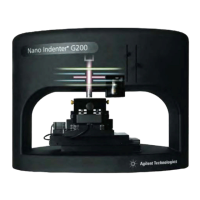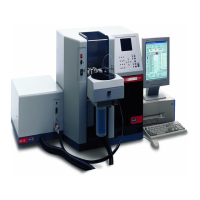Developing Methods
Optimizing Carrier Gas Flow
74
Some samples (e.g. dry plastics) may not create enough head pressure, and do
require more, in the method.
In general, 1.5 –2 atmospheres pressure in the vial will be appropriate for filling
the valve loop. It may be possible to make or buy a pressure gauge fitted with a
needle that could be used to determine the actual vial pressure developed
under your time and temperature conditions. Set the method vial
pressurization at a slightly higher value (e.g. 3–5 psi), if your measured
pressure is not enough to ensure adequate loop filling.
To optimize your selection of vial pressurization, run a series of vials using
different pressures, and interpret the optimum conditions from peak areas
versus vial pressurization.
Note Optimization is valid only for analysis of a specific sample at a specific oven
temperature.
Vial Pressurization Time
Typical vial pressurizations times range from 10 to 30 seconds.
Optimizing Carrier Gas Flow
The 7694 Headspace Sampler carrier-gas flow rate should be set high enough to
sweep the headspace sample out of the sample loop into the GC without
causing peak broadening. For example, for a packed GC column that gives
15–second–wide peaks, flow would be at least 6 ml/min for a 1 ml loop. This
will sweep out the loop in 10 seconds.
Note Some detectors, such as ECDs and TCDs, are more sensitive at lower detector
flow rates.
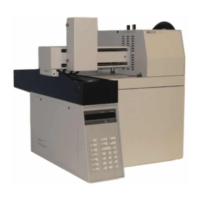
